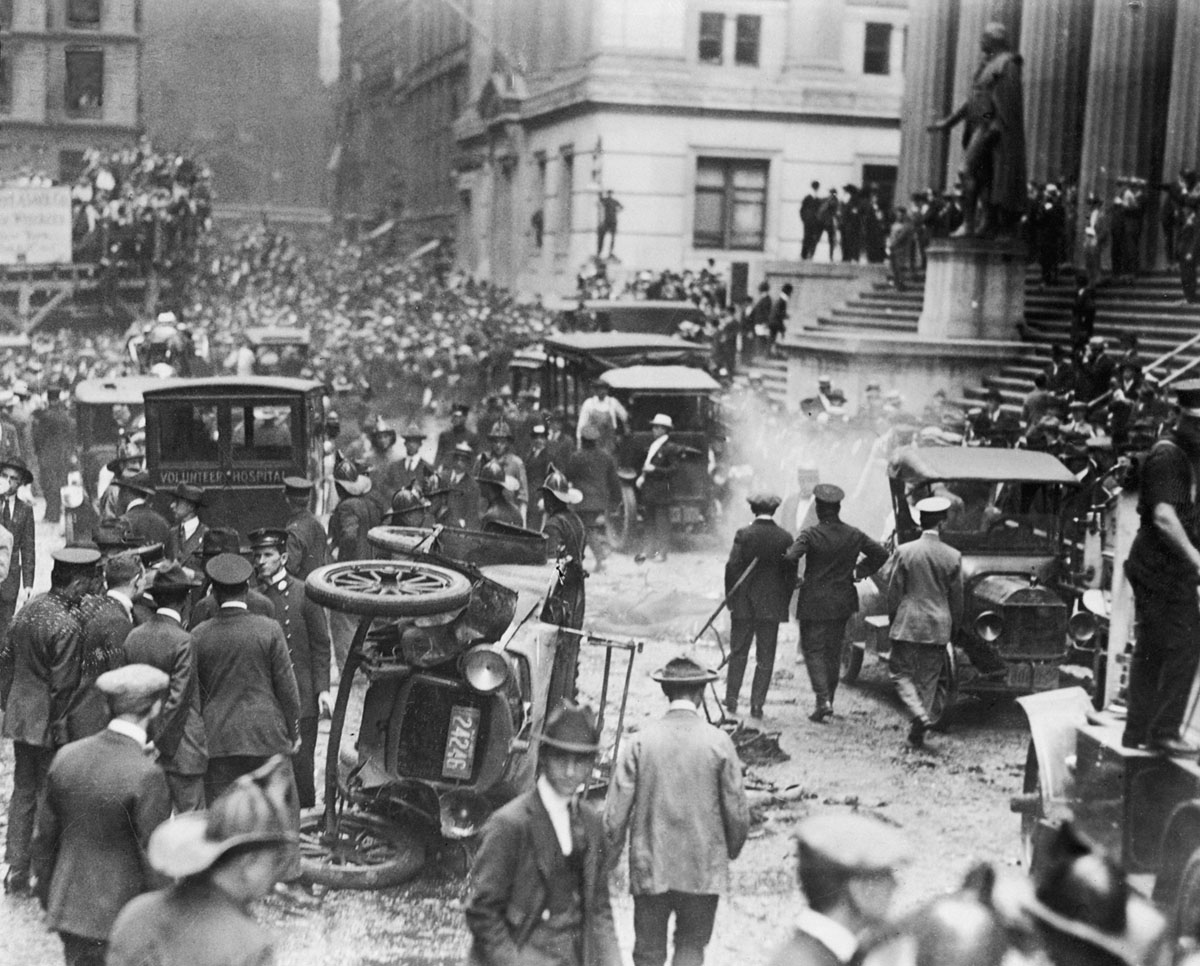
The president’s State of the Union address is tomorrow night. Two years ago, President Trump used the occasion to argue for his travel bans and hard line on immigration by claiming that chief threat of terrorism in the United States came from foreign-born perpetrators.
As I argued here, Trump’s assessment was based on a highly suspect piece of threat analysis from the Department of Homeland Security and Department of Justice. This report, relying on dubious methodology and cherry picking its cases, completely ignored the reality that the vast majority of terrorism perpetrated in the United States has not come from refugees or immigrants (legal or otherwise), but from red-blooded Americans attacking other Americans in the name of particularly American political and social causes.
Unsurprisingly, Trump’s 2018 SOTU, in trying to advance a stalled policy agenda by leveraging fear of terrorism to whip up a politically useful anti-immigrant frenzy, is nothing new. But like so much of Trump’s approach to politics and policy, it is a throwback to an earlier, darker period in American history.
Before Timothy McVeigh used a truck bomb to destroy the Murrah Federal Building in Oklahoma City in 1995, killing 168 people, the deadliest act of terrorism on American soil occurred on Sept. 16, 1920, with the bombing of the JP Morgan Bank on Wall Street. Nearly 40 people were killed and hundreds more were injured. As historian Kevin Jennings wrote in The Washington Post, this event became the catalyst for a public backlash against and policy assault targeting immigrants:
The 1920 bombing came at a highly sensitive time in American history. The early 20th century saw a massive influx of immigrants into the United States, primarily from Southern and Eastern Europe. Largely Jewish and Catholic, these immigrants were seen as alien to what was then a largely white Anglo-Saxon Protestant country. Many of them also subscribed to left-wing political ideologies that were seen as threats to the United States (especially after the Bolshevik Revolution brought communism to Russia in 1917). This combination produced the kindling for a massive backlash.
The result was a “Red Scare” targeting largely left-wing immigrant activists.
In 1919 the Department of Justice (yes, the same agency that authored the above-mentioned study) launched the Palmer Raids, rounding up thousands of leftist political activists and deporting as many as possible back to their home countries. Following the Wall Street bombing, the DOJ’s Bureau of Investigation (the forerunner of today’s FBI) charged a very young J. Edgar Hoover with investigating the attack, and the New York City Police Department formed a special unit to monitor “radical elements” in the city.
Two points to keep in mind as we move on to this week’s look back at terrorism history.
- First, the United States has long experienced terrorism on its own soil, even if many in the public (and my students) awakened to the fact only after 9/11.
- Second, when terrorism happens in the US, it’s almost always Americans attacking other Americans. For perspective, in 1970 alone, there were 54 terrorist bombings in New York City. Three of those attacks unfolded over successive days in September. Ten attacks took place in March. All were carried out by Americans.
Now on to this week’s list.
- Feb. 4, 2009 — Barbacoas, Colombia: Seventeen civilians are stabbed to death in an attack. The Revolutionary Armed Forces of Colombia (FARC) claims responsibility.
- Feb. 6, 1995 — Stinatz, Austria: One person is injured in a bombing targeting tourists. Neo-Nazi extremists are blamed for the attack.
- Feb. 7, 1991 — London: The Provisional Irish Republican Army launches a mortar attack on No. 10 Downing Street, the residence of Prime Minister John Major. Three people are wounded.
- Feb. 8, 1984 — Paris: A gunman from the Abu Nidal Organization assassinates Khalifa Ahmed Abdel Aziz Al-Mubarak, the United Arab Emirates ambassador to France.
- Feb. 9, 2000 — Turkey: The PKK (Kurdish Workers Party) announces a formal halt to armed struggle and announces a new name, Kongra-Gel. Abdullah Occalan, who led the PKK, is reelected to lead the new organization.